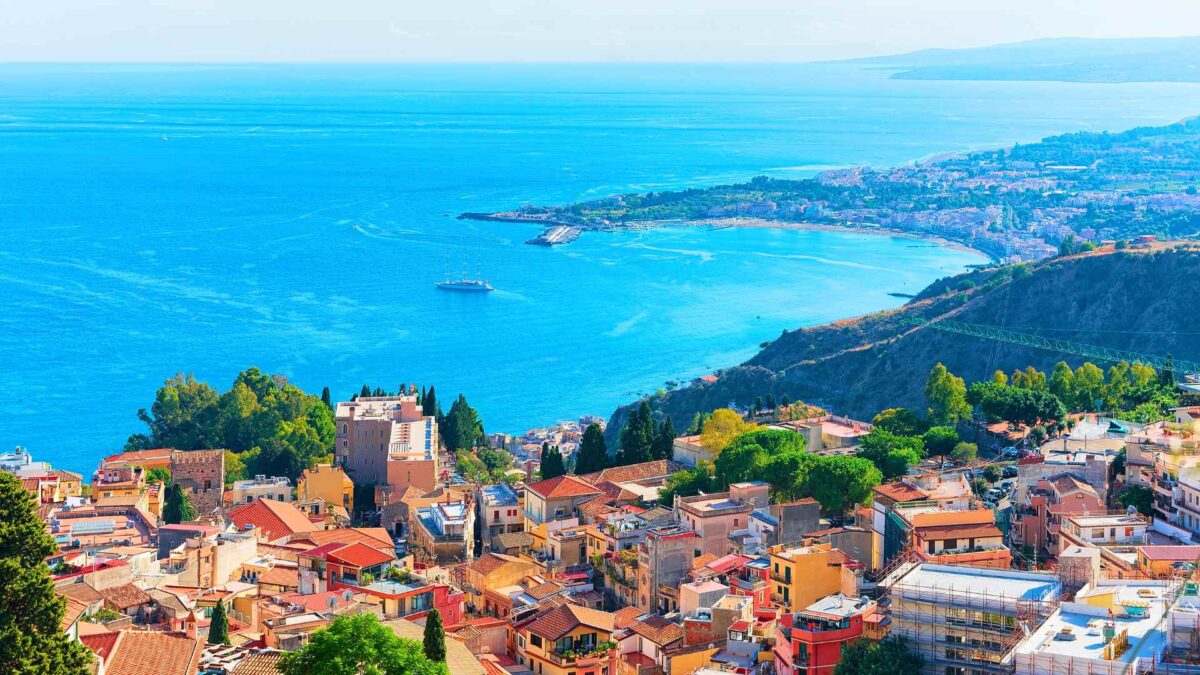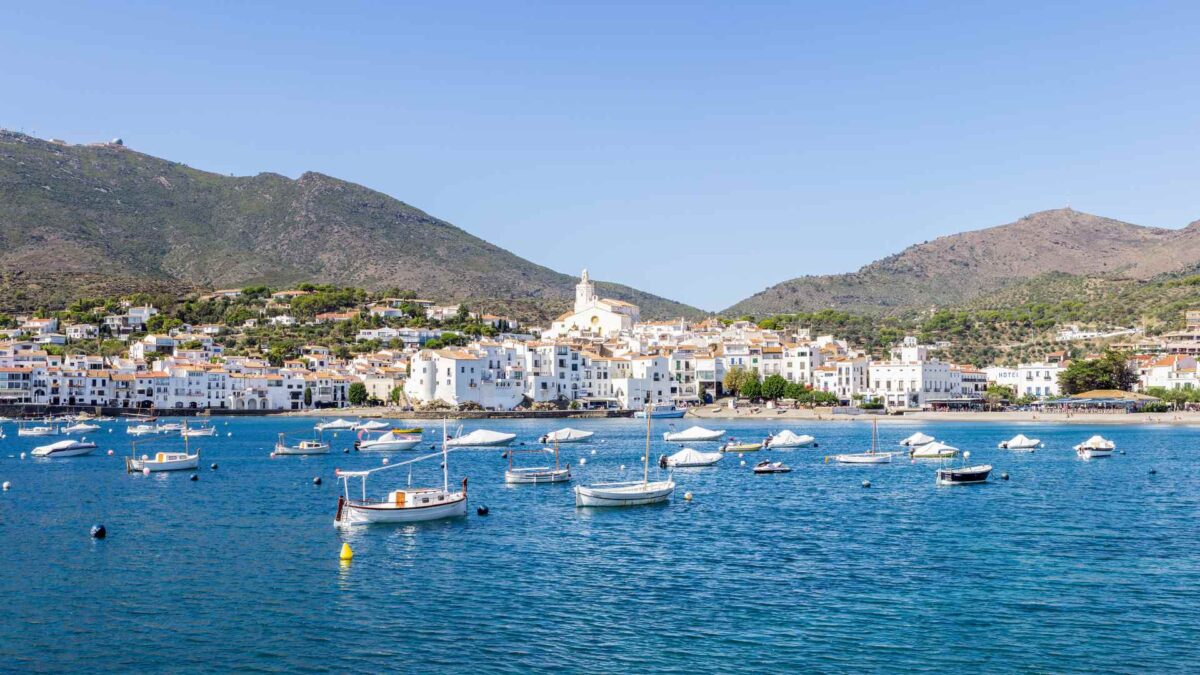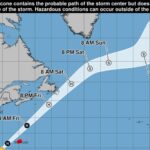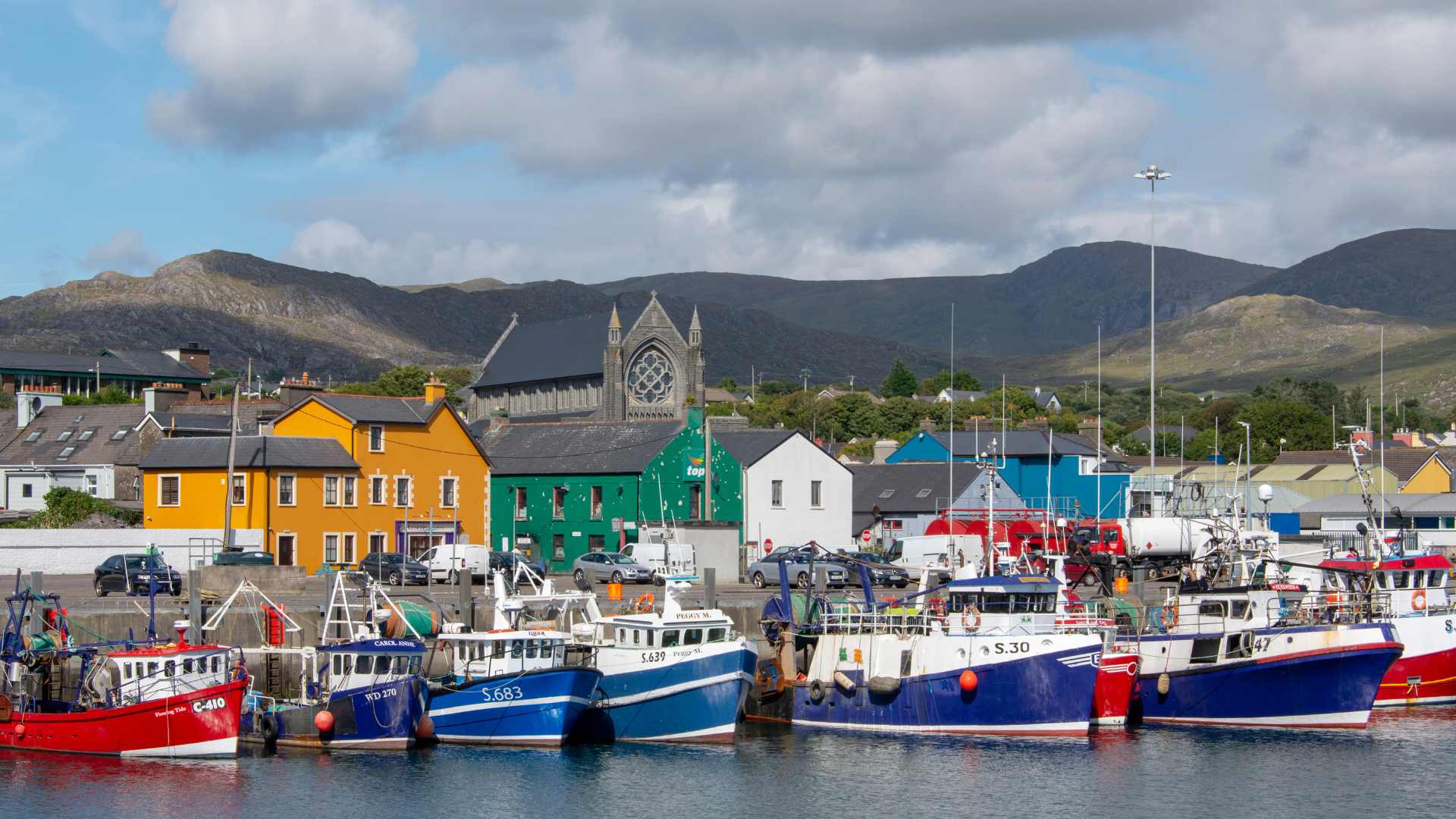
Persistent high-pressure systems driving Med heatwaves

Scientists have identified a key atmospheric pattern that triggers many of the Mediterranean’s most intense marine heatwaves, offering new possibilities for early-warning systems to protect marine life and coastal industries.
A study led by the Euro-Mediterranean Centre on Climate Change (CMCC) found that persistent subtropical ridges, which draw warm air from North Africa into Europe, are a critical driver of such events. While these ridges are common in summer, occurring roughly every two days, the research shows that it is their persistence, over at least five days, that creates the conditions for a heatwave at sea.
When a ridge settles over the Mediterranean it weakens prevailing winds. Without wind to disperse heat, the sea rapidly warms. Satellite data analysis revealed that in the Western, Central and Eastern Mediterranean, between 41 and 63 per cent of recorded marine heatwaves occurred during periods with both a subtropical ridge and reduced winds, despite these conditions happening on fewer than 15 per cent of summer days.
In the Gulf of Lion, subsurface temperatures climbed by almost seven degrees over just two days during the most extreme events, said CMCC researcher and study co-author Ronan McAdam. “Our work highlights processes that are essential for accurately representing Mediterranean marine heatwaves.”

Lead author Giulia Bonino said the results marked a satisfying breakthrough in understanding a phenomenon that has been under investigation for years. By combining atmospheric and oceanographic expertise, the team hopes to improve forecasting models and allow for more timely interventions.
The study, published this week, found that the combination of a persistent subtropical ridge and weak winds makes a heatwave four to five times more likely to occur. With Mediterranean waters warming faster than the global average, researchers say the findings are a step towards more effective early-warning and mitigation strategies for the region.
Share this WeathÉire story:







